Workshop Information: https://www.jackgrahamphoto.com/photo-workshops
Web Site : www.jackgrahamphoto.com
______________________________________________________________________________________
7 Steps to Make a Great Photograph
© Jack Graham Photography
Of course knowing how to technically photograph a scene is important and assuming one can competently perform that task, there are other important aspects that one muse consider when making interesting and pleasing photographs. Of course, ones definition of interesting can vary. These 7 components are, in my opinion essential in creating images that viewers will react to, and enjoy.
STRONG COMPOSITION
You have heard this many times. The components of the image must fall into place and transmit the message of the image to the viewer. The image must be impactive, and one that creates interest in the viewers brain. Often the main subject stands on its own allowing the detail in the image to act like an orchestra, accompanying a soloist.
Elements of Surprise
Great photographs show the viewer something unexpected. As storm over the desert, old subject matter rather than new, fast flowing water in a stream that is normally peaceful, beauty in a subject that is normally considered harsh are just a few examples.
Simplicity
This component is maybe the most important. Simple photographs just work. Areas of confusion in a photograph sometimes referred to as clutter, draws ones eye away from the primary subject.
Next time you are our making photographs, weather you are doing landscape, macro, wildlife etc, and before you press the shutter, say to yourself “ OK, now how can I simplify the scene just a bit better” Keep simplicity in mind at all times.
Strong reaction
One might this reaction is the same as the element of surprise. It is not. Reactions are felt in many ways. A photograph of an old building might bring back memories of a time past. A photograph of an ocean scene my evoke memories of visiting or photographing a similar area.
Reactions to an image results from the unexpected. We have all see images of a nice pond, in good light. However add in a rainbow, and you have a totally different image. You’ll react to that one!

Rainbow over Pond, Columbia RiverPhotography StrongPhotography MakePhotography OtherPhotography The Gorge, OR © Jack Graham Photography
Strong subject
If there is no subject, there is no image. Subjects need not be objects or people. Subjects can be color, patterns or both. The topic of strong subject matter has been discussed and written about for thousands of years. Subjects are not just subjects. They must have components within themselves. Tonality, texture, shape and size go into making a subject.
Placing the subject to work within the composition is essential. Shadows and juxtaposition can also aid in formation of strong subject formation. Now you have a strong, subject, a strong composition, though simple. What is left? You must now make sure that the subject fits in the scene in the proper area. Yes, the rule of thirds is often quoted when discussing how subjects fit into a scene but that’s just part of it.
The image must hold your interest
Above all, an image must attain interest from the viewer. I sometimes refer this as my 5 second rule. If an image does not gain my full attention, and make me want to study the image and derive all that it is about in 5 seconds, I move on. Sometimes great images can be of everyday things. We do not need El Capitan, in great light to make a great image that holds your interest. Images should send messages to our brains, allowing us admire and enjoy them.
I love this image. The “Old Man” leaning left, with his cane, the buildings and cars just make this image work so well. It’s not just the grad landscape of interesting macro shot. Scenes like this can hold interest just as well.
.
.
.
.
.
.


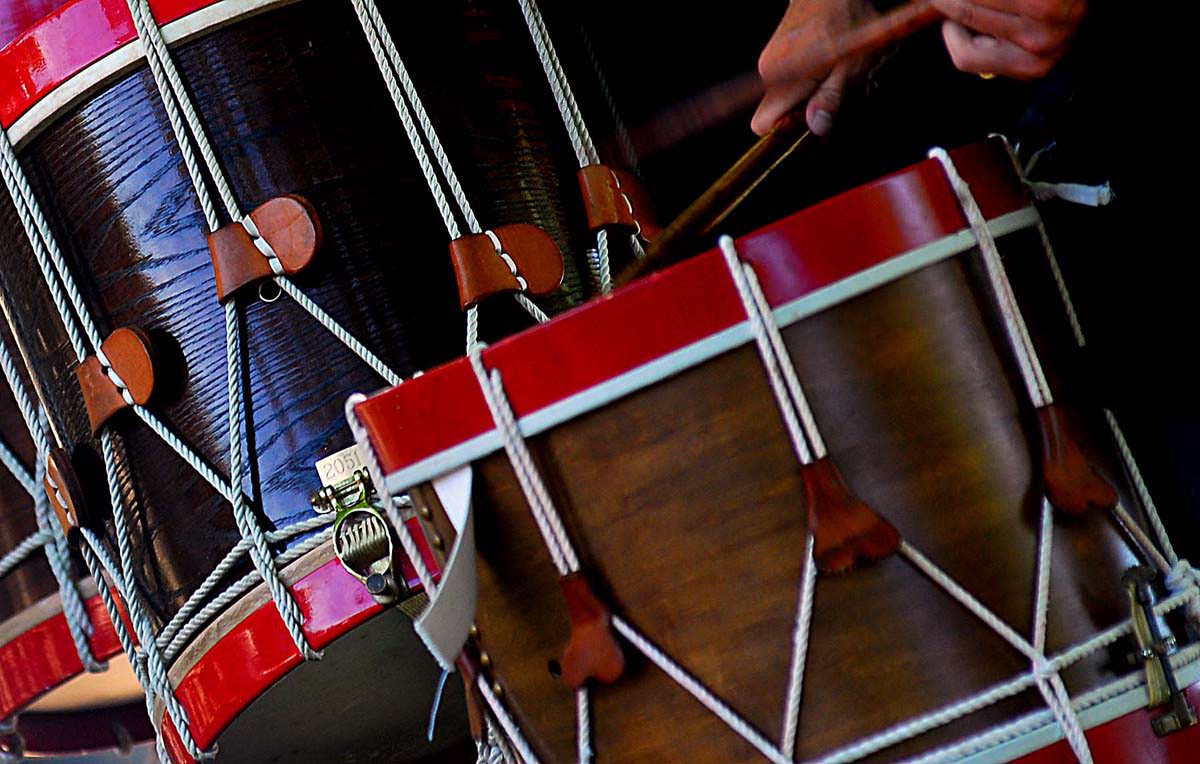
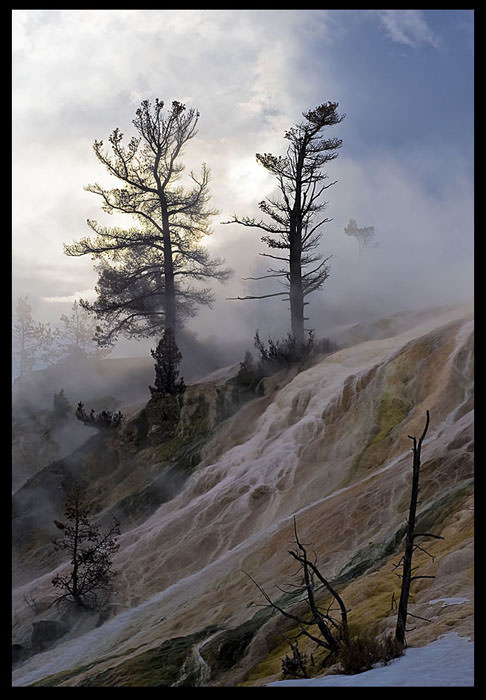
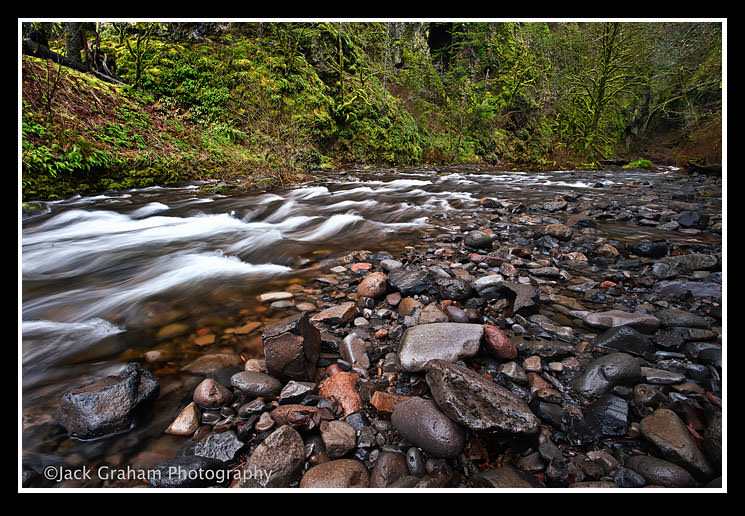
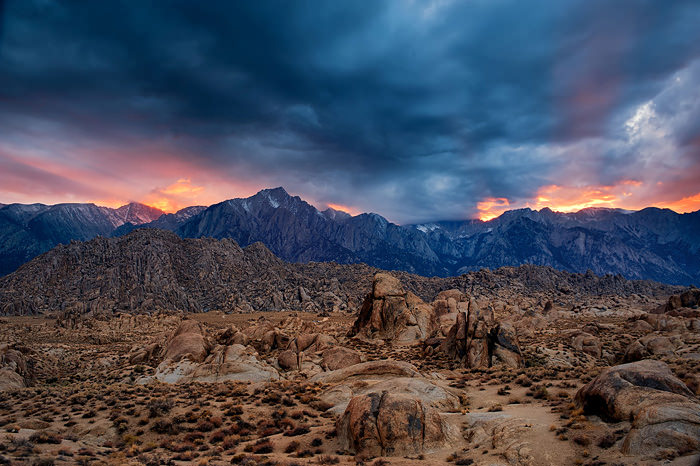
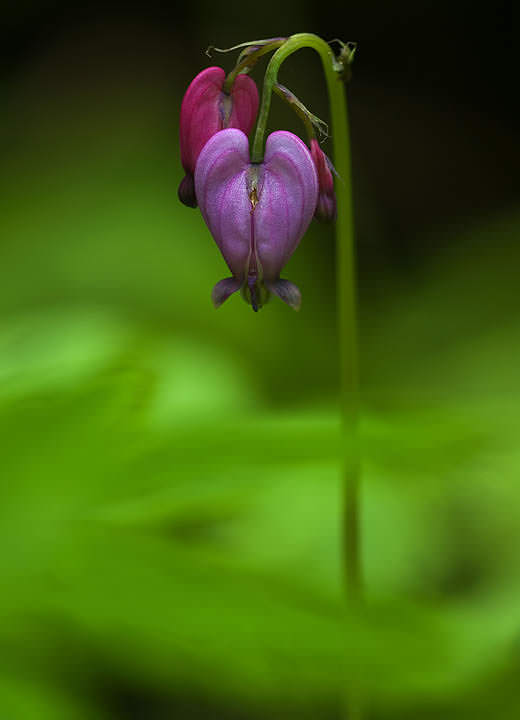
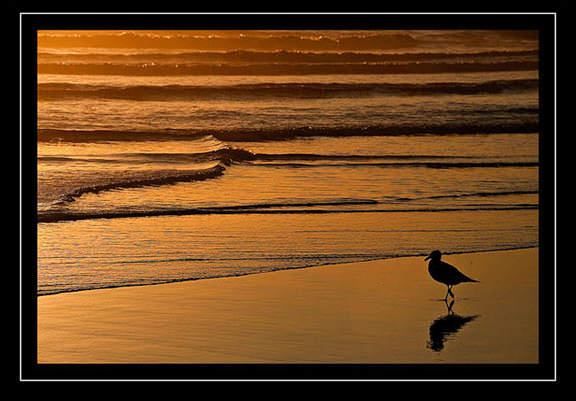
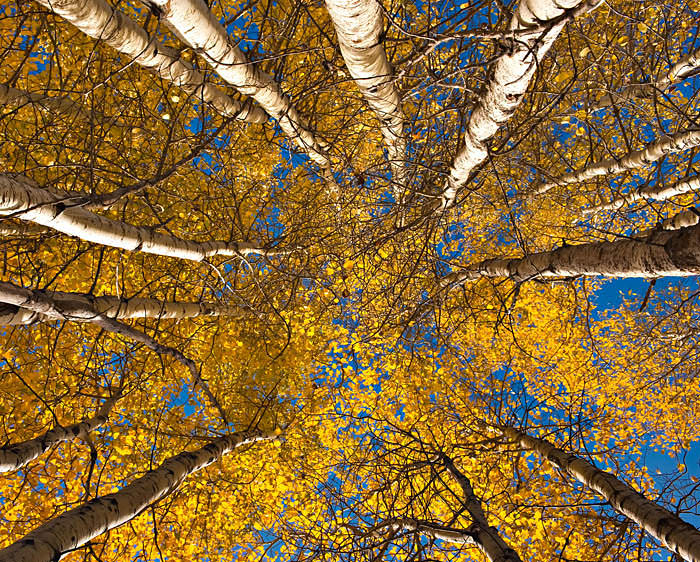
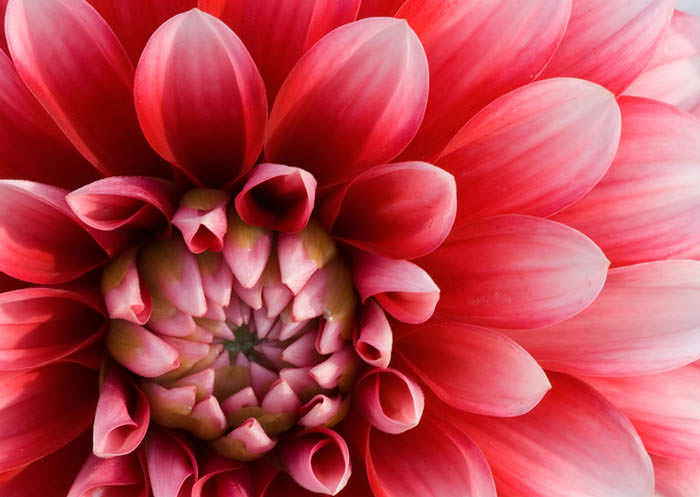
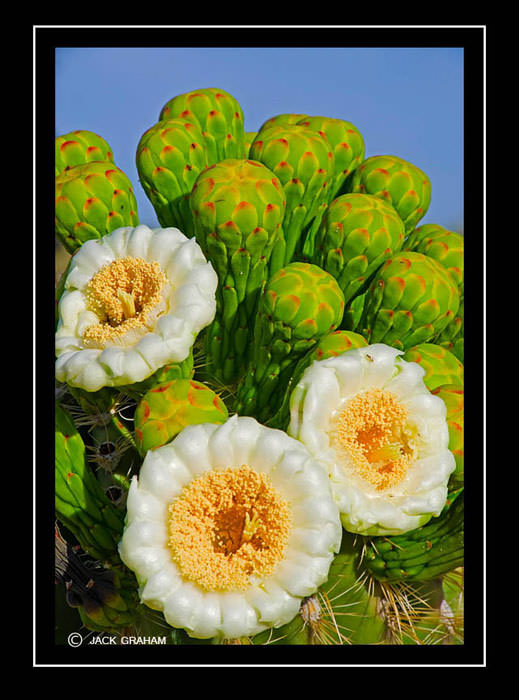



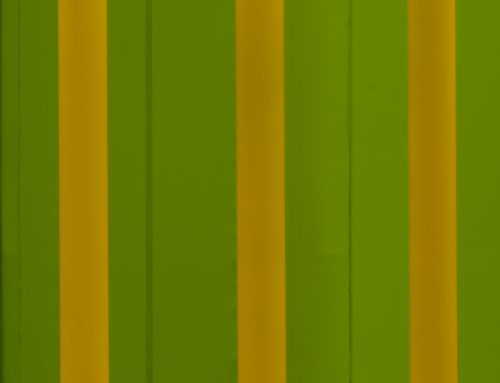
[…] 7) Always shoot in RAW, rather than JPEG. IN the RAW conversion, when processing you will have a chance to salvage areas that are a bit overexposed (the sun for example). There are other benefits that are explained here (as well as 7 tips for making quality images) http://jackgrahamphoto.wordpress.com/2011/03/09/photo-tip-7-steps-to-make-great-photograph/ […]